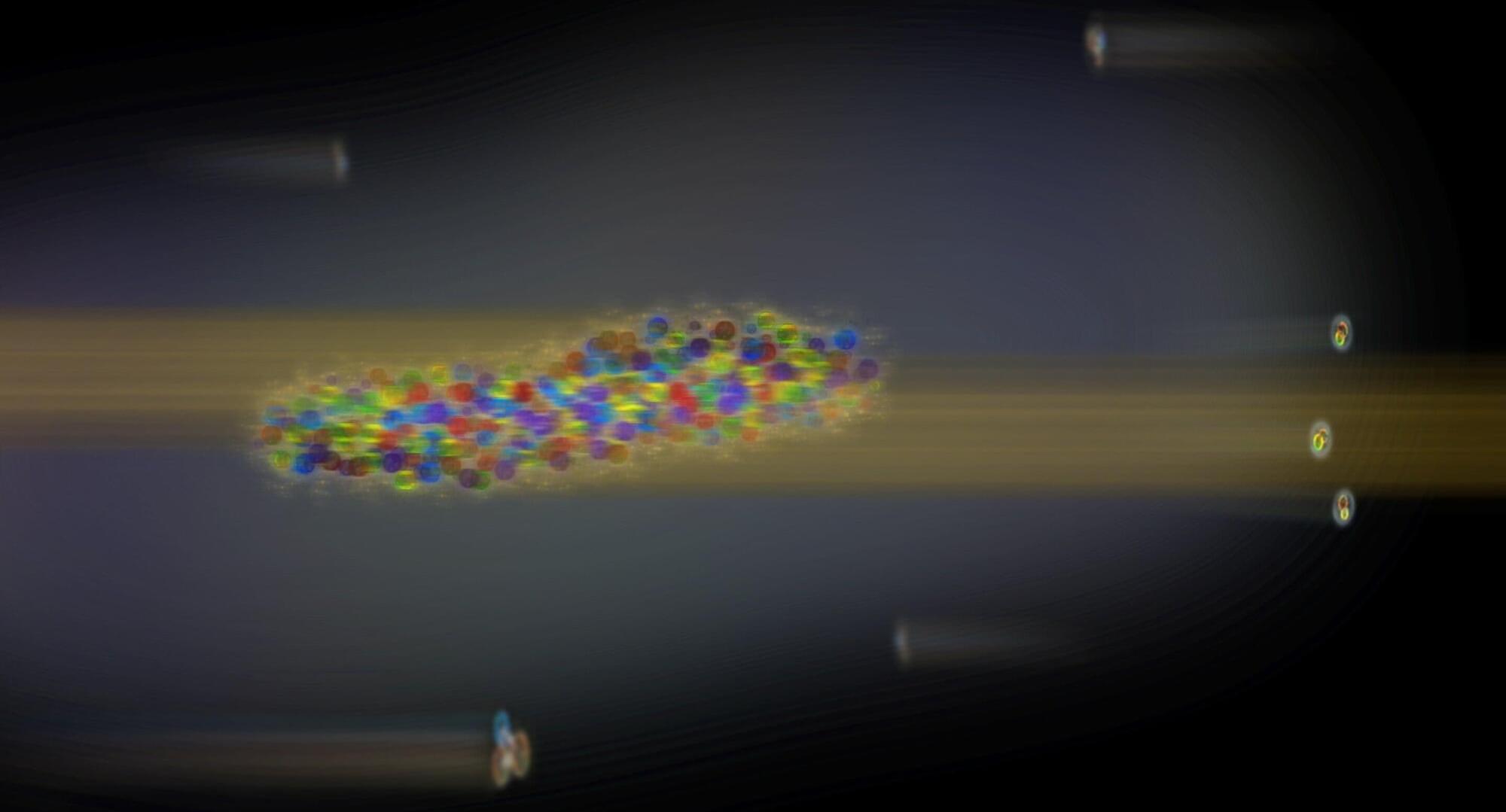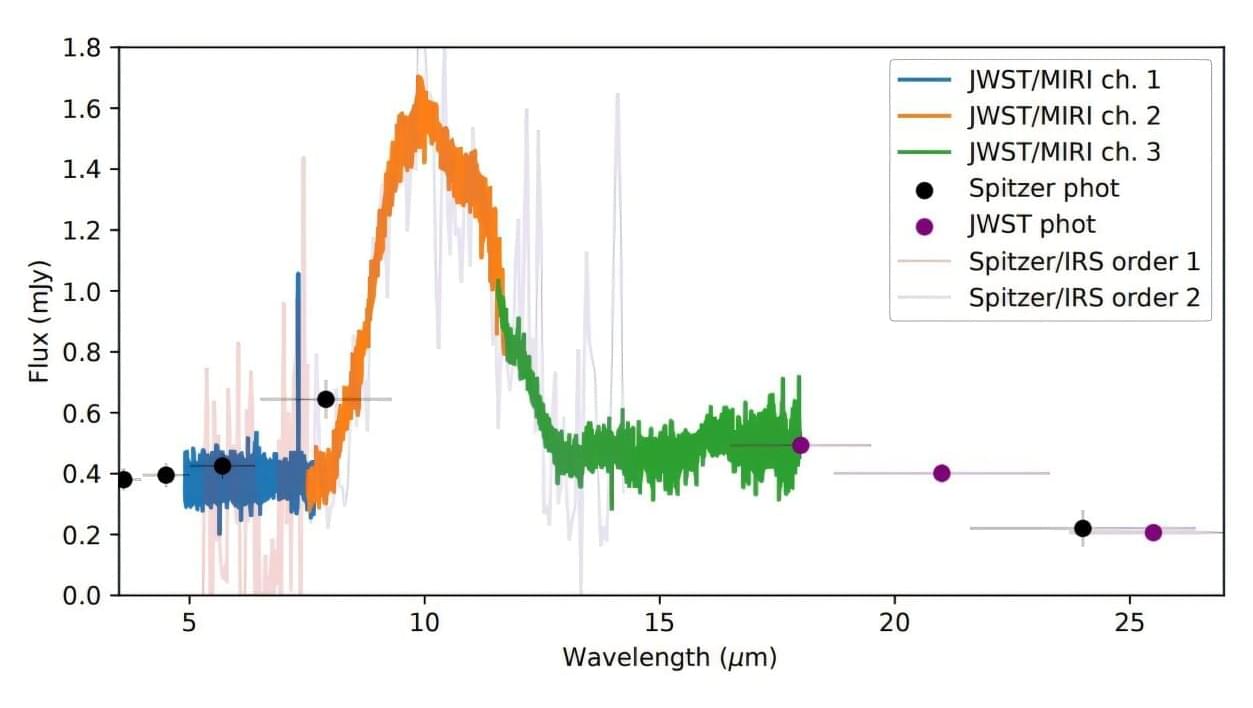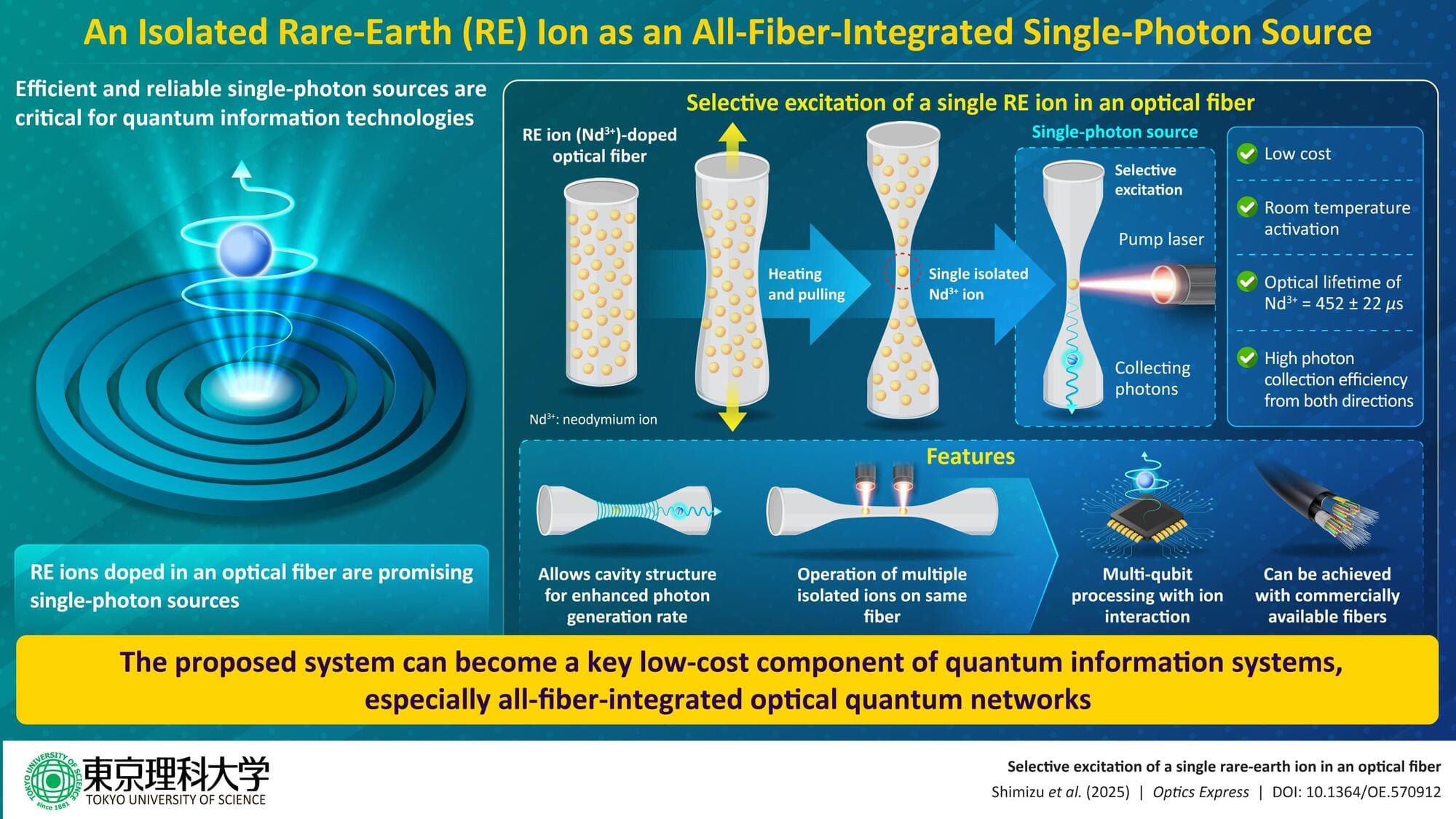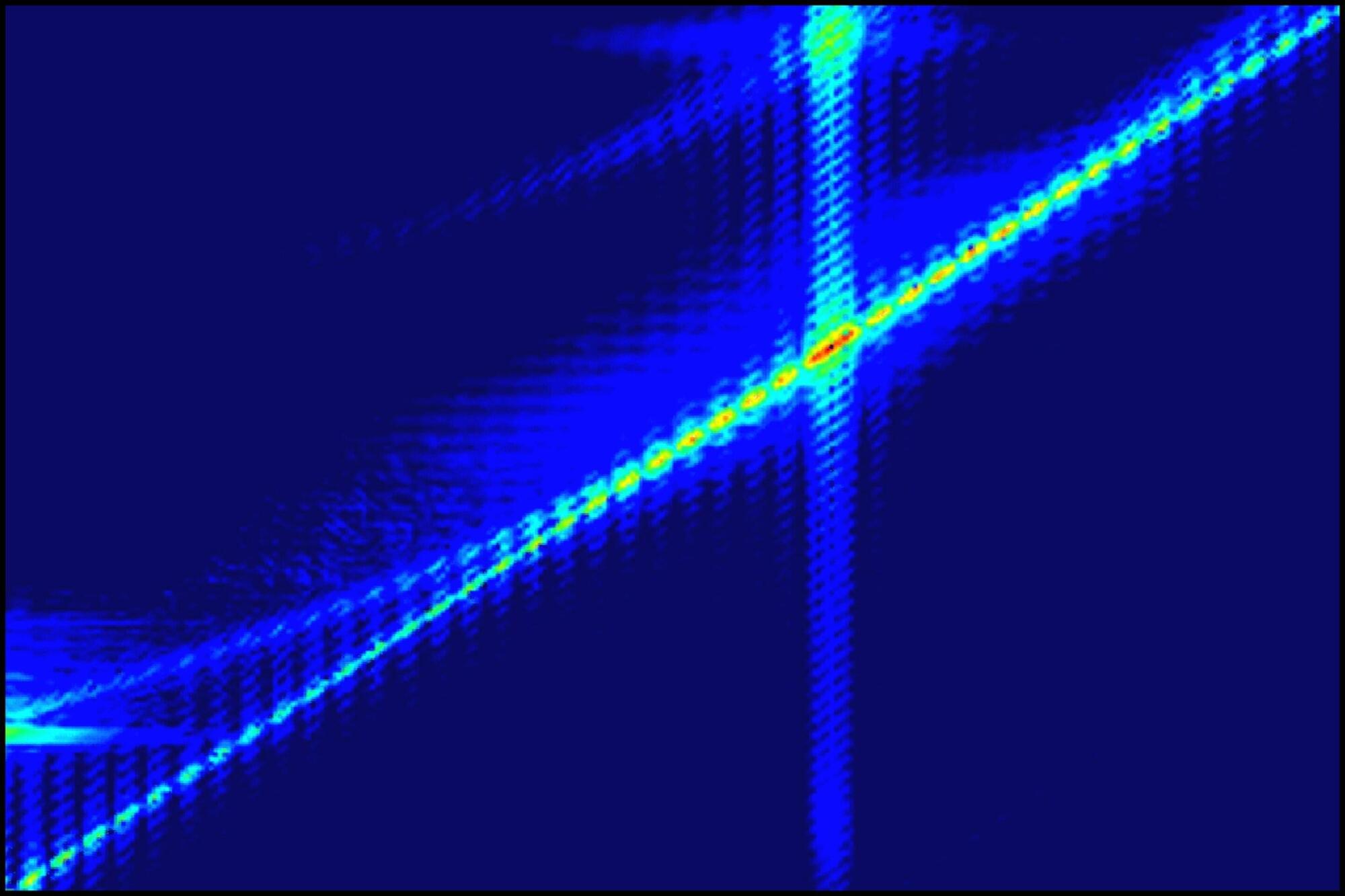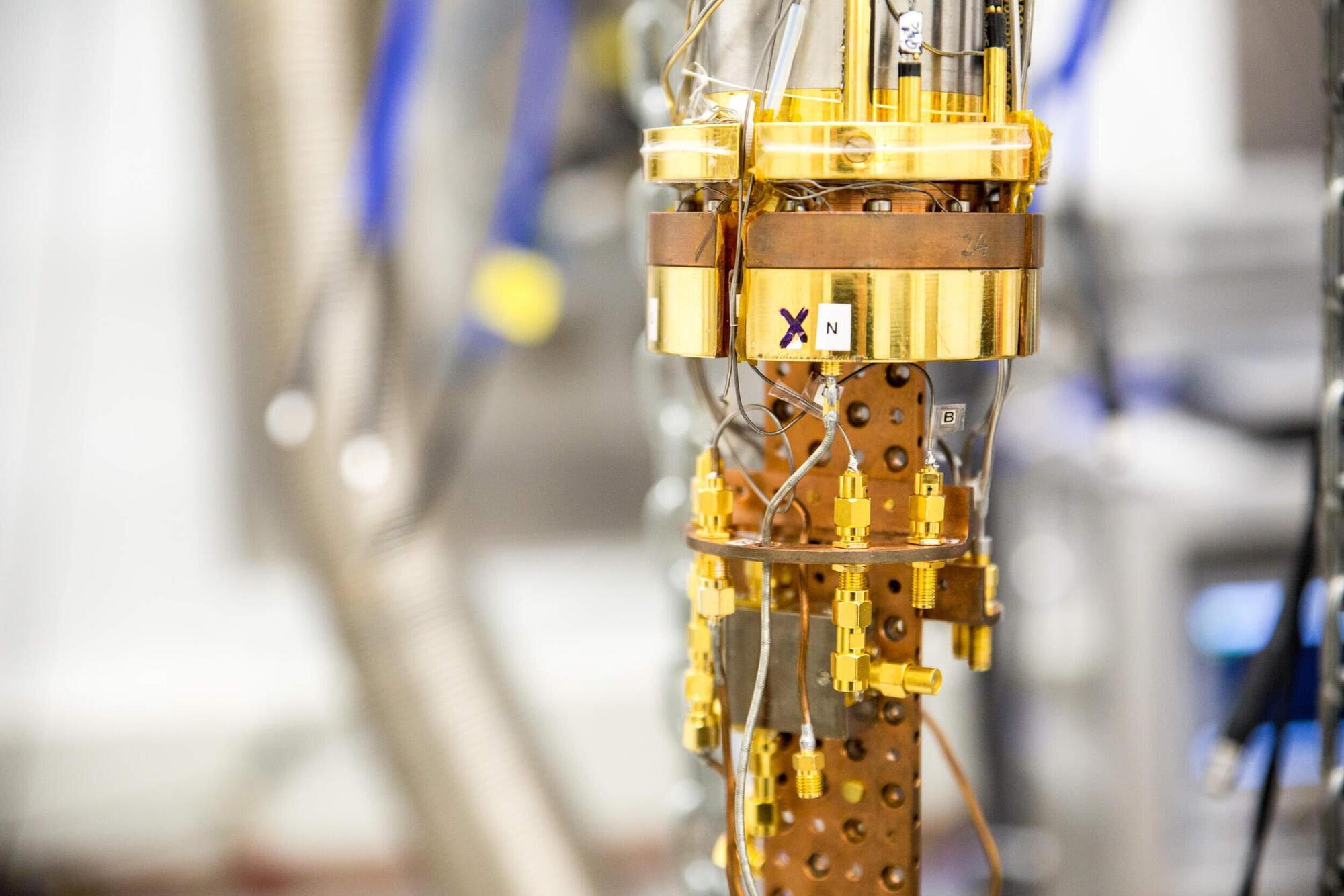Every day, your brain makes thousands of decisions under uncertainty. Most of the time, you guess right. When you don’t, you learn. But when the brain’s ability to judge context or assign meaning falters, thoughts and behavior can go astray. In psychiatric disorders ranging from attention-deficit/hyperactivity disorder to schizophrenia, the brain may misjudge how much evidence to gather before acting—or fail to adjust when the rules of the world change based on new information.
“Uncertainty is built into the brain’s wiring,” says Michael Halassa, a professor of neuroscience at Tufts University School of Medicine. “Picture groups of neurons casting votes—some optimistic, some pessimistic. Your decisions reflect the average.” When that balance skews, the brain can misread the world: assigning too much meaning to random events, as in schizophrenia, or becoming stuck in rigid patterns, as in obsessive-compulsive disorder.
Understanding those misfires has long challenged scientists, says Halassa. “The brain speaks the language of single neurons. But fMRI—the tool we use to study brain activity in people—tracks blood flow, not the electrical chatter of individual brain cells.”


